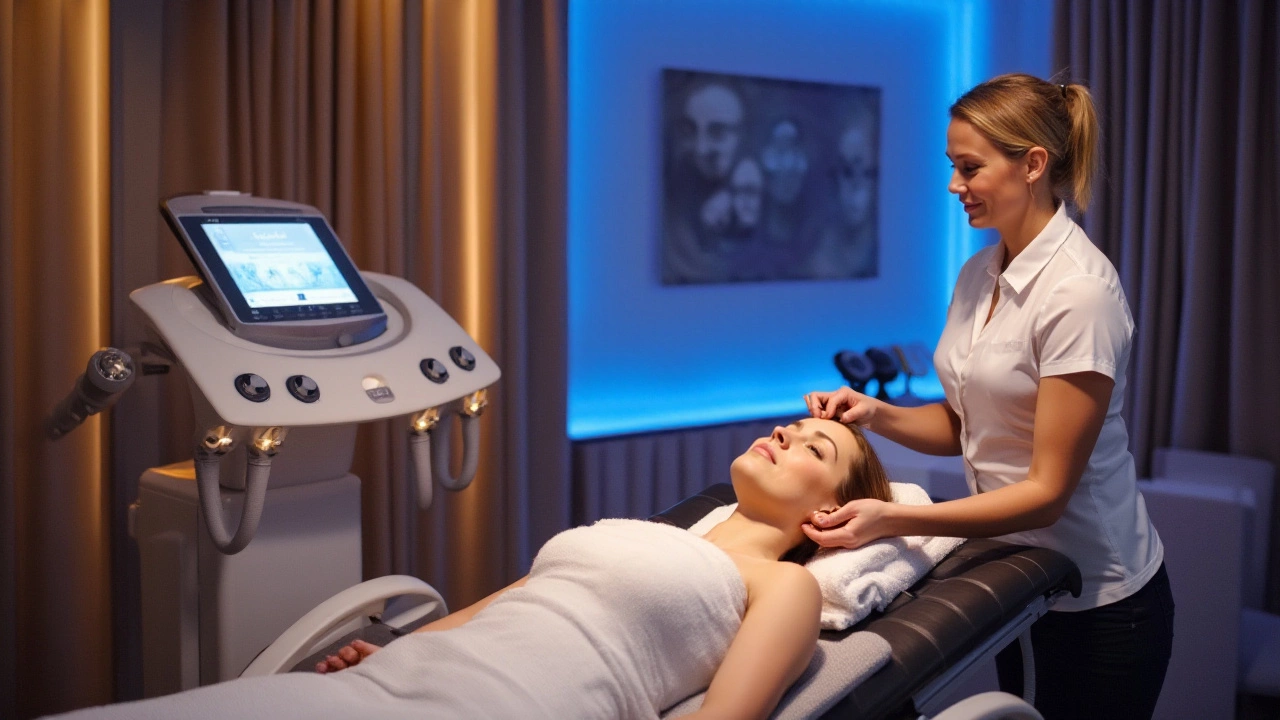Beauty Costs: What You Really Pay for Aesthetic Services and Products
When talking about Beauty Costs, the total amount spent on aesthetic treatments, products, and procedures. Also known as cosmetic expense, it affects anyone who wants to look and feel better without breaking the bank.
Understanding beauty costs starts with the biggest spenders. A Facial Treatment, a skin‑care service that cleanses, exfoliates, and nourishes the face can range from budget‑friendly clinic offers to high‑end spa packages. The price depends on the technology used, the therapist’s expertise, and the added boosters like serums or LED light. Knowing these variables lets you compare a £50 basic facial with a £250 premium session and decide what fits your budget.
Another major chunk of beauty spending is the medical side. A Surgery Bill, the total charge for a cosmetic operation after insurance and discounts often feels overwhelming. Yet many patients lower their bill by spotting coding errors, asking for cash discounts, or using charity care programs. The key is to treat the bill like any other large purchase: request an itemized list, negotiate the rate, and explore payment plans before signing anything.
Everyday beauty also adds up through the products you use. Makeup Products, cosmetics like foundation, lipstick, and eyeshadow that enhance facial features vary widely in price. A drugstore foundation might cost £8, while a luxe brand can be £45. The real cost driver is how often you replace them, the quality of ingredients, and whether you buy in bulk or subscribe to a box service. By tracking usage and focusing on multi‑use items, you can shrink your monthly spend without sacrificing looks.
Dental aesthetics are often overlooked but they’re part of the beauty budget too. Traditional dental implants carry a hefty price tag, prompting many to explore cheaper alternatives like bridges, dentures, or mini‑implants. Each option has a different lifetime cost, maintenance requirement, and impact on appearance. A bridge might cost £300 per unit, while a mini‑implant could be £800, yet both are cheaper than a full‑arch implant that can exceed £5,000. Knowing the long‑term financial picture helps you pick the right solution for your smile.
All these pieces—facial treatments, surgery bills, makeup, and dental work—share a common thread: they’re all subject to market trends, seasonal promotions, and regional price differences. For example, a facial in a major city often costs 30‑40% more than in a smaller town, while a surgery performed by a renowned surgeon may include a premium for reputation. Recognizing these patterns lets you time your purchases, look for bundle deals, and negotiate smarter.
Beyond the numbers, personal habits play a big role. Regular skin‑care, proper diet, and avoiding over‑processing can extend the life of a facial or a makeup product, effectively lowering the cost per use. Similarly, maintaining oral health reduces the need for expensive dental corrections later on. In short, investing a little effort daily can save a lot over the year.
Below you’ll find a curated collection of articles that break down each of these areas in detail. From step‑by‑step guides on negotiating a surgery bill to price comparisons for the top makeup brands, the posts give you the tools to make informed decisions and keep your beauty budget under control. Dive in and discover how to get the best results without overspending.

HydraFacial: The Comprehensive Guide to Benefits and Costs in 2024
HydraFacial has become a beloved skincare treatment, known for delivering noticeable results with minimal downtime. This rejuvenating skincare procedure involves cleansing, exfoliating, extracting, and hydrating the skin using advanced technology. Learn about the costs associated with HydraFacial sessions, the variety of benefits they offer, and essential tips for maximum results. Discover if this treatment aligns with your skincare goals and budget.
© 2025. All rights reserved.